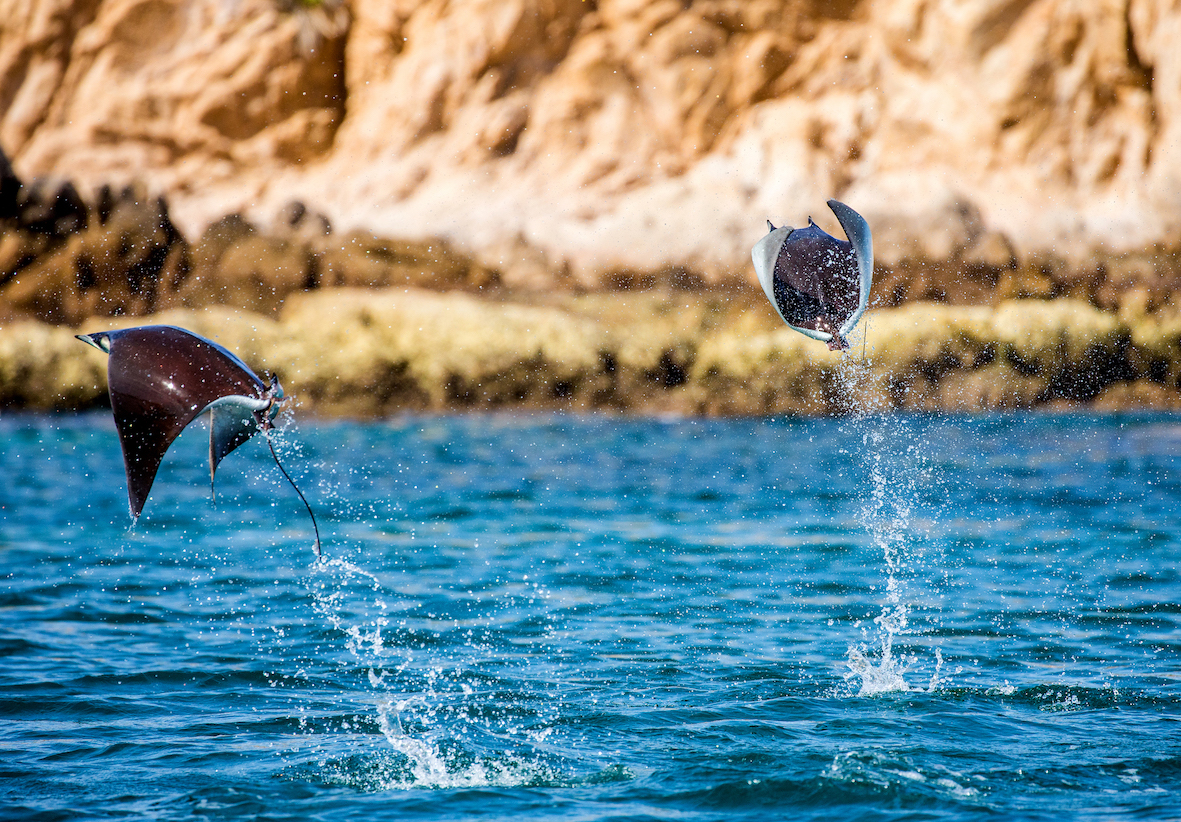I don’t know about you, but there are huge parts of the past couple of years that I just missed. Even things in 2019 completely escaped my radar as the pandemic interrupted their momentum.
Like this: The University of California has a (relatively) new Natural Reserve—technically a “sister reserve”-- in Baja California, Mexico, and UC Davis is playing a major role in it. The reserve is a partnership between UC and Mexican nonprofit Eco-Alianza de Loreto.
UC Natural Reserves made the announcement in summer 2019, when people could still sneeze without everyone jumping back in horror. Then COVID-19 came along, and much of the necessary planning hit the brakes.
This past fall, the partners from the U.S. and Mexico met for their first summit to plan and bring forth the vision for a field station based in Loreto, Baja California Sur, called Centro de Estudios del Medio Ambiente, or CEMA – an international field station for research, conservation and public service.

The Baja vision
Suzanne Olyarnik, Bodega Marine Reserve director, was among the attendees in Loreto. She and UC Davis Geology Professor Nicholas Pinter were instrumental in bringing the Baja vision to the UC Natural Reserve System and helped plan and coordinate the summit in collaboration with Eco-Alianza.
“The peninsula of Baja California is a natural extension of California’s ecosystems,” Olyarnik said. “It’s so rich for exploration, research and conservation. I’m also excited about the cross-cultural exchange opportunities. Our students will have meaningful exchanges with students in Mexico and vice versa.”
A champion of bringing students to the outdoor laboratories of the natural world, Pinter’s students have engaged in field trips and field work from the Grand Canyon to the Channel Islands.
“The vision for a Loreto reserve and field station is to serve as a spark — to bring research, education, scientific recognition and knowledge, and broader visibility to the Loreto region,” said Pinter. “We imagine Loreto as a hub for scientific visitors to study and admire the area’s abundant natural wonders.”
A land and sea of opportunity
Bahía de Loreto off the Baja Peninsula is rich with wildlife and biodiversity, from manta rays to sea turtles. It is a Mexican national park, a Ramsar wetland and is part of the Islands and Protected Areas of the Gulf of California UNESCO World Heritage site.
The lands and ocean environments of Baja California Sur present many opportunities for understanding how these ecosystems function and strategies to conserve them. Student activities could range from taking kayaks out to the islands for geology research to cataloguing specimens in the desert to studying water resources and climate change.
The UC Natural Reserve System includes 41 reserves across California, and six of them are managed by UC Davis. The CEMA sister reserve in Mexico joins this constellation of field sites, broadening research and education opportunities across California’s borders.
Media Resources
Kat Kerlin is an environmental science writer and media relations specialist at UC Davis. She’s the editor of the “What Can I Do About Climate Change?” blog. kekerlin@ucdavis.edu. @UCDavis_Kerlin
